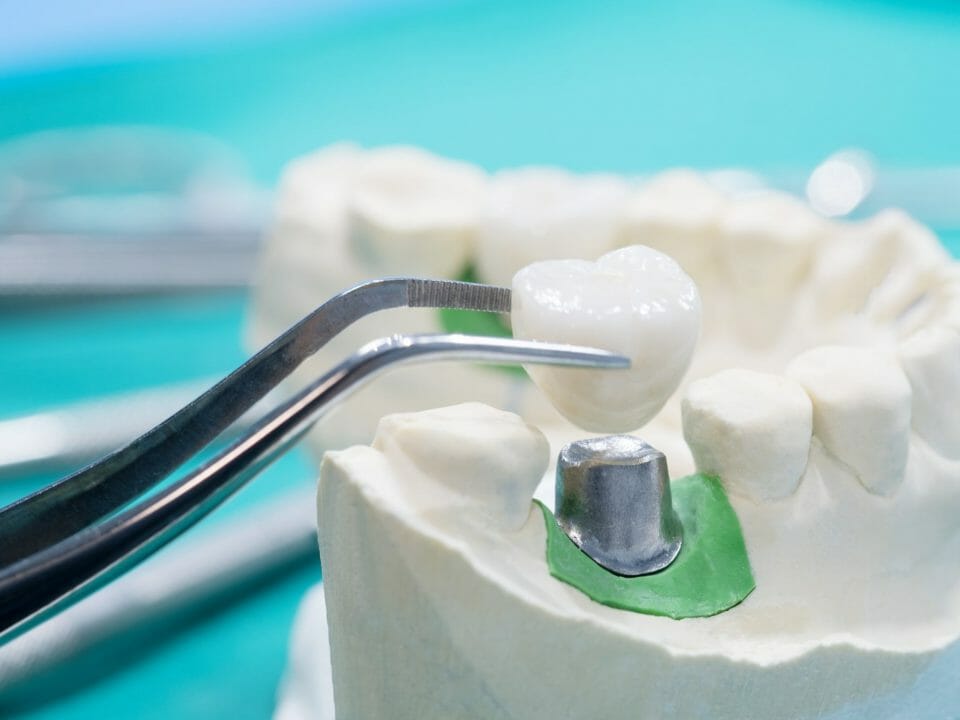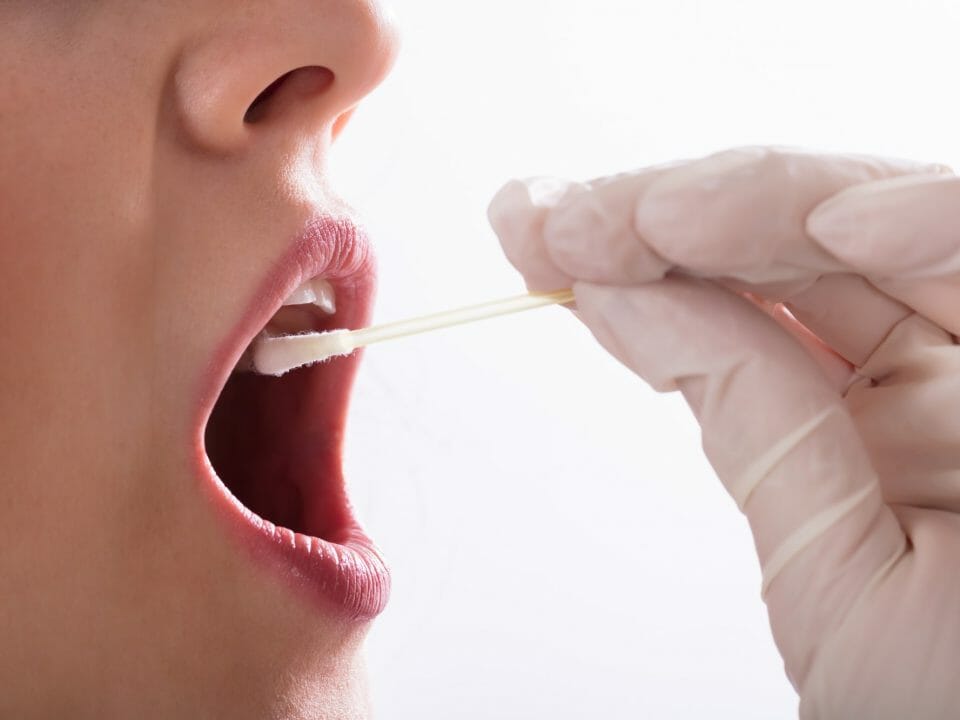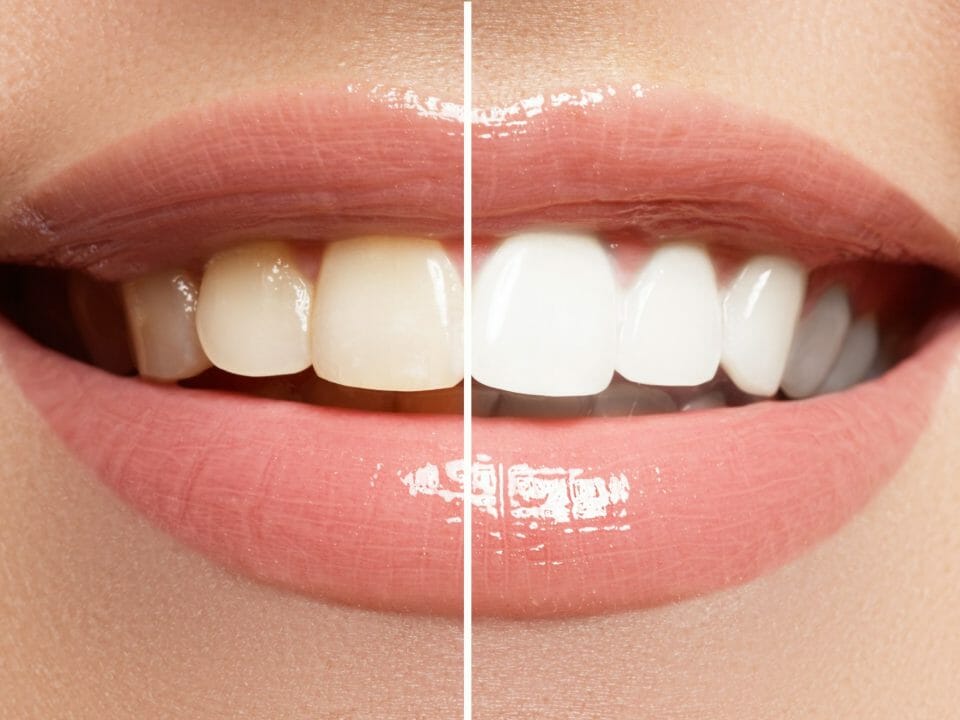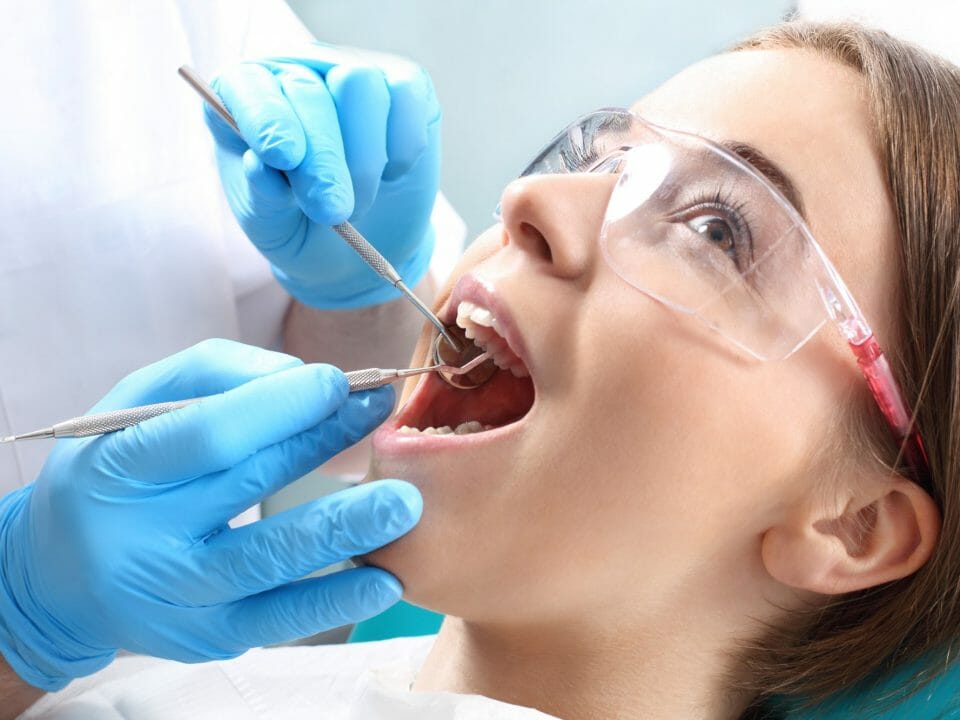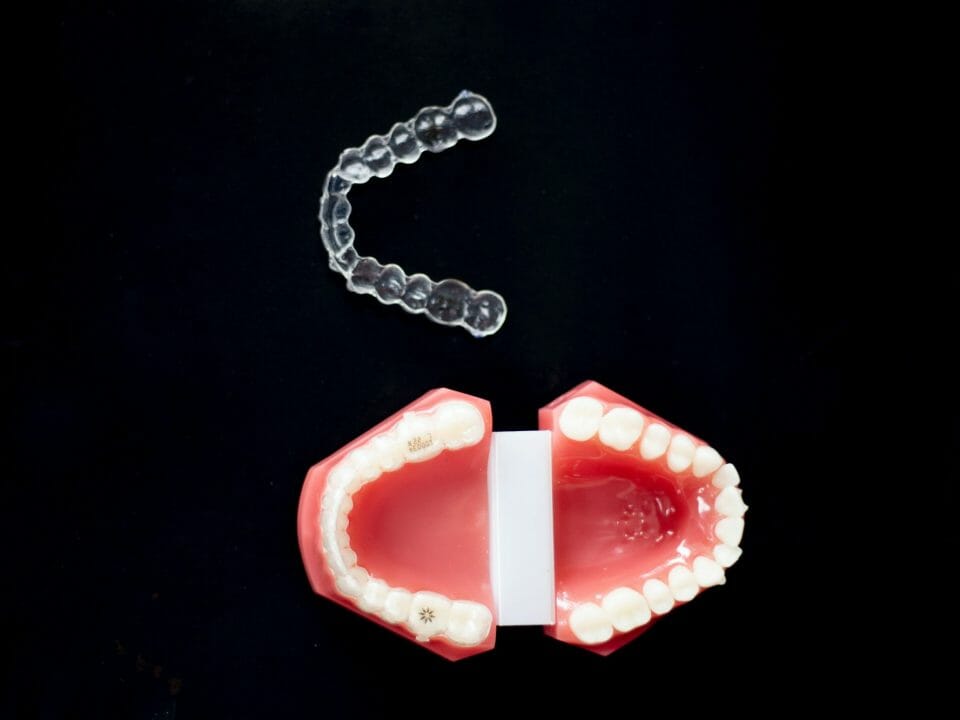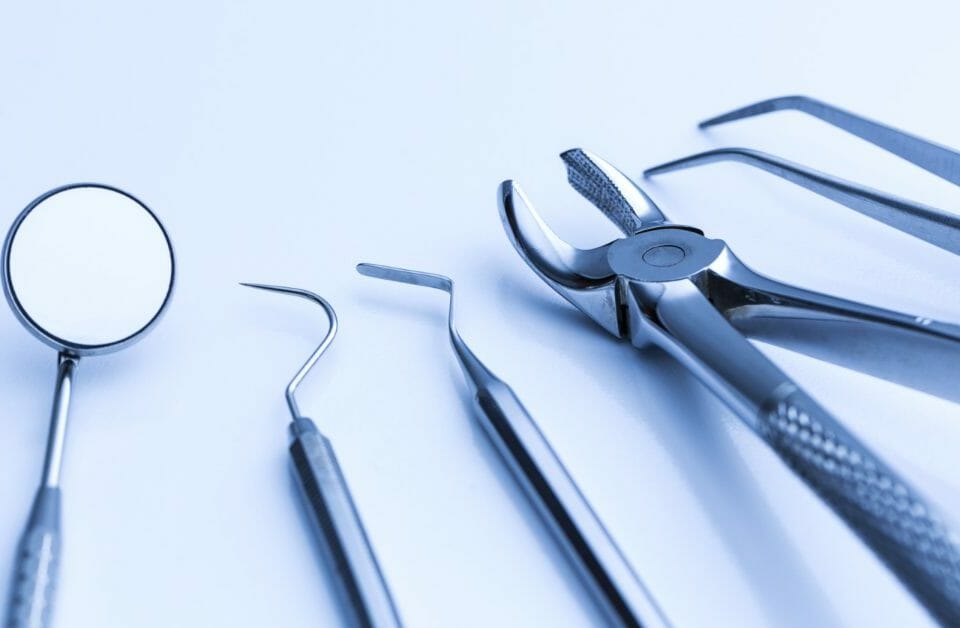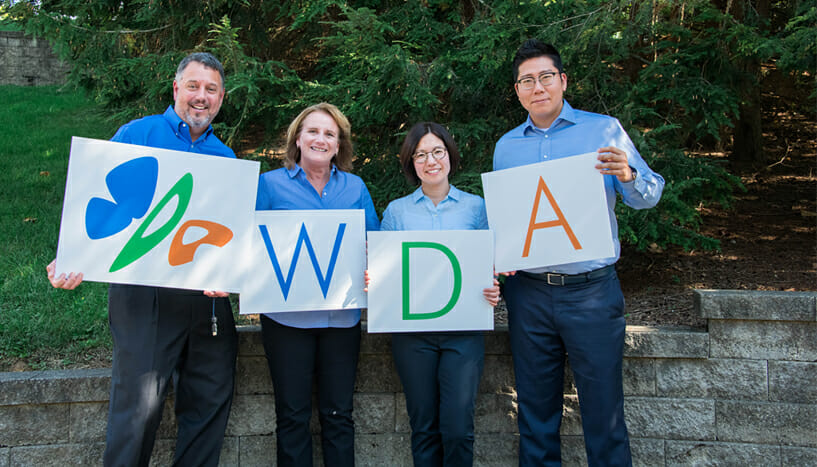
Having a dental emergency? Call us!
614-882-1135
We understand that dental emergencies can happen at any time. If you're in need of urgent care, give us a call, and we'll do everything we can to assist you when it matters most.
Patient Testimonials
Discover Better Dentistry
Become a part of the
Westerville Dental family!
We're accepting new patients. Our dental team prides itself on delivering a truly efficient and enjoyable experience while you’re with us.

To repair the appearance of damaged teeth, dentists often recommend dental veneers or crowns. Because the two are so similar, many people mistake dental crowns for veneers and vice versa. The confusion is understandable, of course, as both dental veneers and crowns provide exceptional results. There are significant differences between the two, though, and these differences can be important to anyone in need of dental work for damaged teeth.
Similarities between Dental Veneers and Crowns
Both veneers and crowns are types of dental restoration techniques that can improve the look and function of teeth. Dentists use veneers and crowns to repair discolored, cracked, crooked, chipped, decayed, or broken teeth.
Dental professionals can create seamless smiles by matching the color of dental crowns and veneers to the patient’s teeth. Once in place, it is difficult to tell the difference between dental veneers and crowns – both impart a similar effect on a person’s smile.
Veneers and crowns require similar care. Patients should brush twice a day as usual to remove plaque, for example, and floss to remove food particles. People with dental crowns and veneers should visit their dentist regularly for professional cleaning and to check on the restorations.
Crowns and Veneers Involve Similar Procedures
The placement of veneers and crowns are similar in many ways, but different in others.
Veneer procedure
Porcelain veneers require two trips to the dentist. During the first visit, the dentist trims a small amount of enamel from the front of the tooth to create enough space for the veneer. The dentist then makes an impression, or mold, of the patient’s teeth and determines the patient’s natural tooth color. The dentist sends this information to the lab that makes the veneers. In some cases, the dentist creates temporary veneers for the patient to wear while waiting for their permanent veneers to arrive.
The second visit occurs after the permanent veneers arrive from the lab. During the second visit, the dentist removes the temporary veneers and does a test fitting of the permanent veneers. The dentist then permanently bonds the veneers to the surface of the patient’s teeth. The dentist shines a special light on the veneers to harden the bonding material.
Crown procedure
Dental crowns also require two trips to the dentist. During the first visit, the dentist will perform a root canal or other procedures to treat tooth decay or injury to the dental pulp inside the tooth. The dentist will remove a small amount of enamel from the entire tooth; metal crowns require removal of less enamel than do porcelain crowns. Next, the dentist makes an impression of the tooth and surrounding teeth, and determines the color of the patient’s teeth. The dentist sends this information to the lab making the crown.
During the second visit, the dentist fits the crown over the prepared tooth and checks for fit and color. The dentist then cements the crown in place.
Veneers vs Crowns: Differences between the Two Types of Dental Restorations
Fit
The primary difference between veneers and dental crowns are the way they fit. Veneers fit over the front of teeth, whereas crowns fit over the entire tooth.
Necessity
Dentists place dental crowns to save a tooth, and are therefore necessary for the patient’s dental health. Veneers, by comparison, are cosmetic procedures.
Crowns are appropriate for:
- Protecting a decayed tooth
- Preventing a weakened tooth from breaking
- Keeping a cracked tooth together
- Restoring a broken or severely worn tooth
- Covering and supporting a tooth that has a large filling, but not much remaining tooth
- Holding a dental bridge in place
- Covering a severely discolored or misshapen tooth
- Covering a dental implant
- Protecting a tooth that has undergone root canal
Veneers are appropriate for:
- Protecting and improving the appearance of a cracked or chipped tooth
- Filling in gaps between teeth
- Altering a tooth’s shape
- Hiding permanent stains
Thickness
A dental crown is about 2 mm in thickness. Porcelain veneers are much thinner, measuring about 0.5 mm in thickness.
Longevity
Patients may need to replace their veneers after a certain number of years. Crowns are more permanent, and often last a lifetime.
Cost and coverage
Veneers and crowns are similar in cost. A dental crown costs between $1000 and $3000, according to Colgate, while a dental veneer costs around $1300. Because a crown is often necessary to save a tooth, insurance companies will typically cover the cost. Veneers are a cosmetic restoration, so insurance is not likely to cover their cost.
Appearance
Because crowns fit over teeth, they can sometimes reveal the gumline. Veneers, by comparison, are adhered directly to the teeth in a way that does not show the gumline.
If you need a dental restoration and are wondering whether to get a crown or veneers, make an appointment with Westerville Dental Associates. Our team of dentists have the training and expertise to recommend one type of dental restoration over another, and the skills to place crowns and veneers to restore the aesthetic appeal of your smile. For more information on dental veneers and crowns, contact Westerville Dental Associates.


 Meet Dr. Stickel
Meet Dr. Stickel Meet Dr. Zody
Meet Dr. Zody Meet Dr. Choi
Meet Dr. Choi Meet Dr. Son
Meet Dr. Son